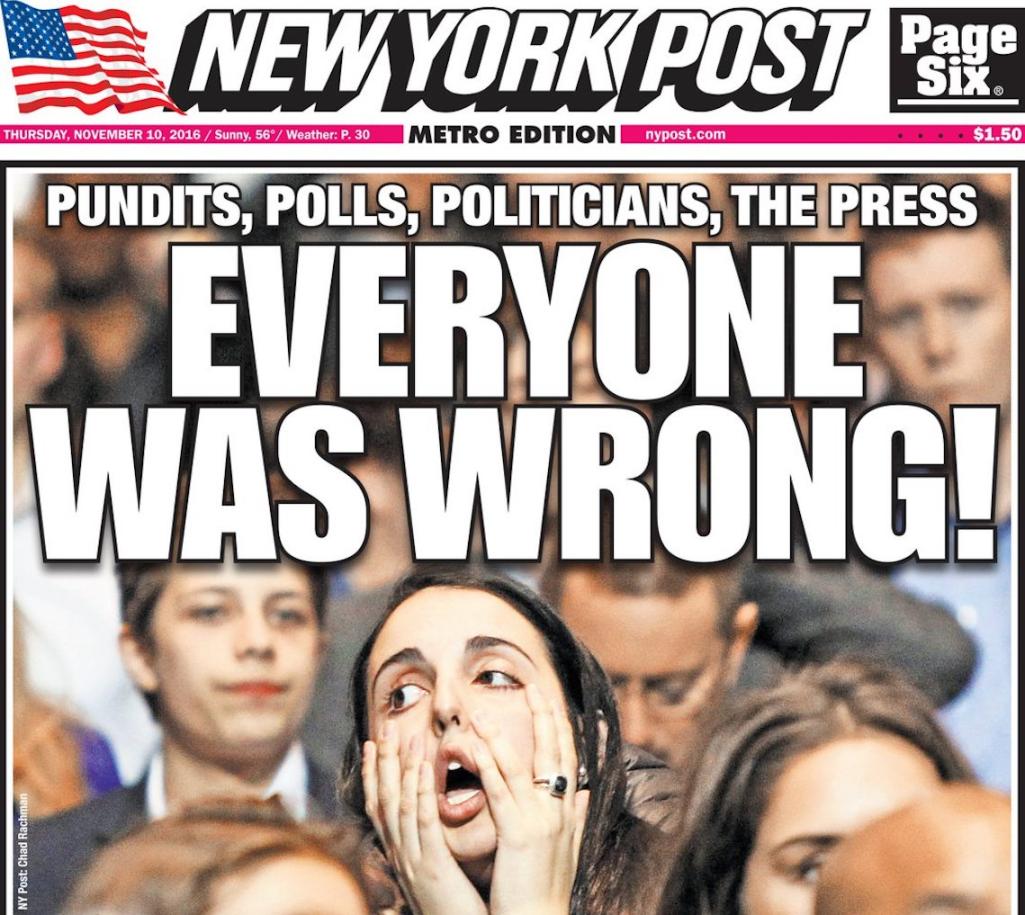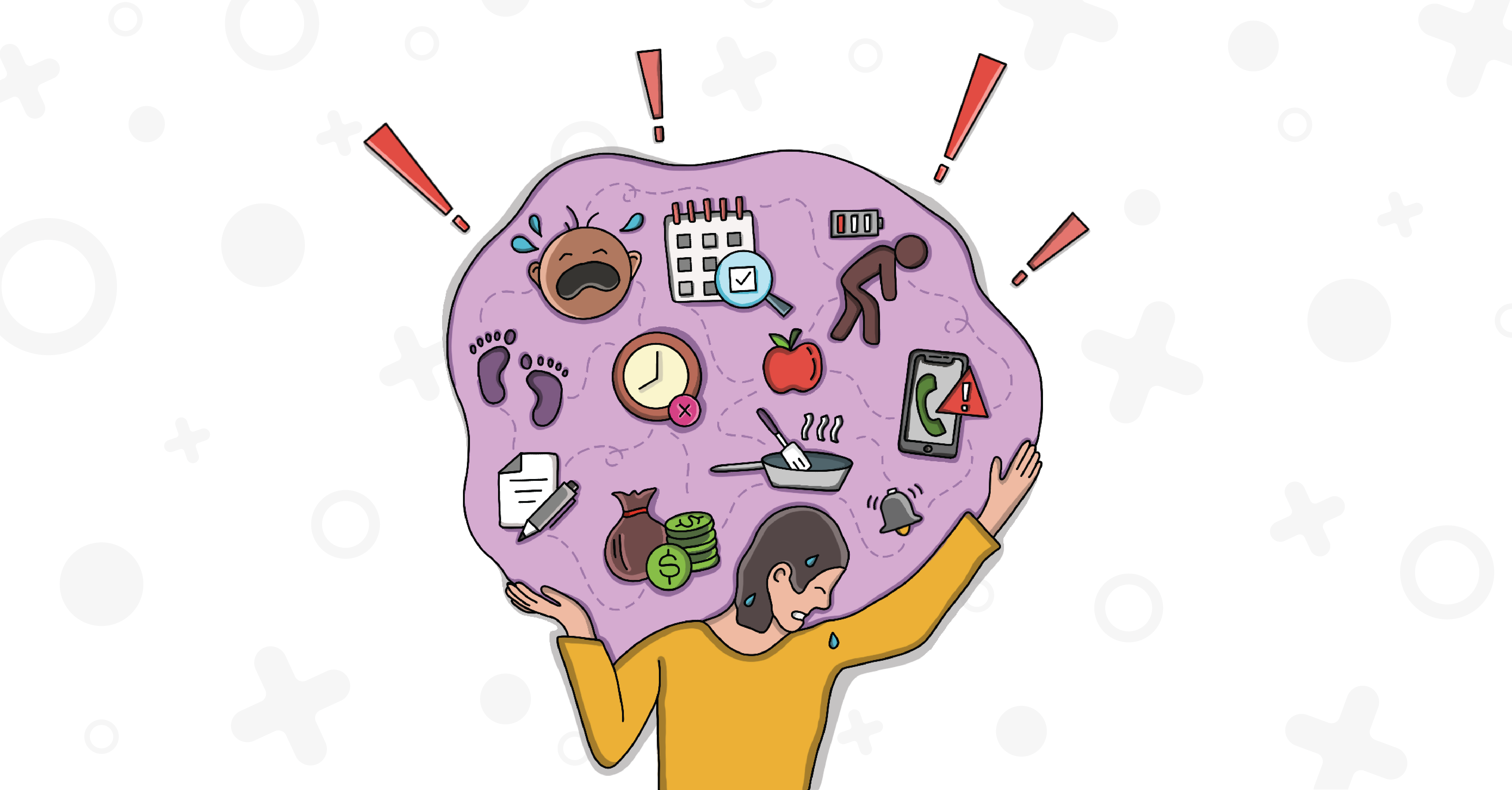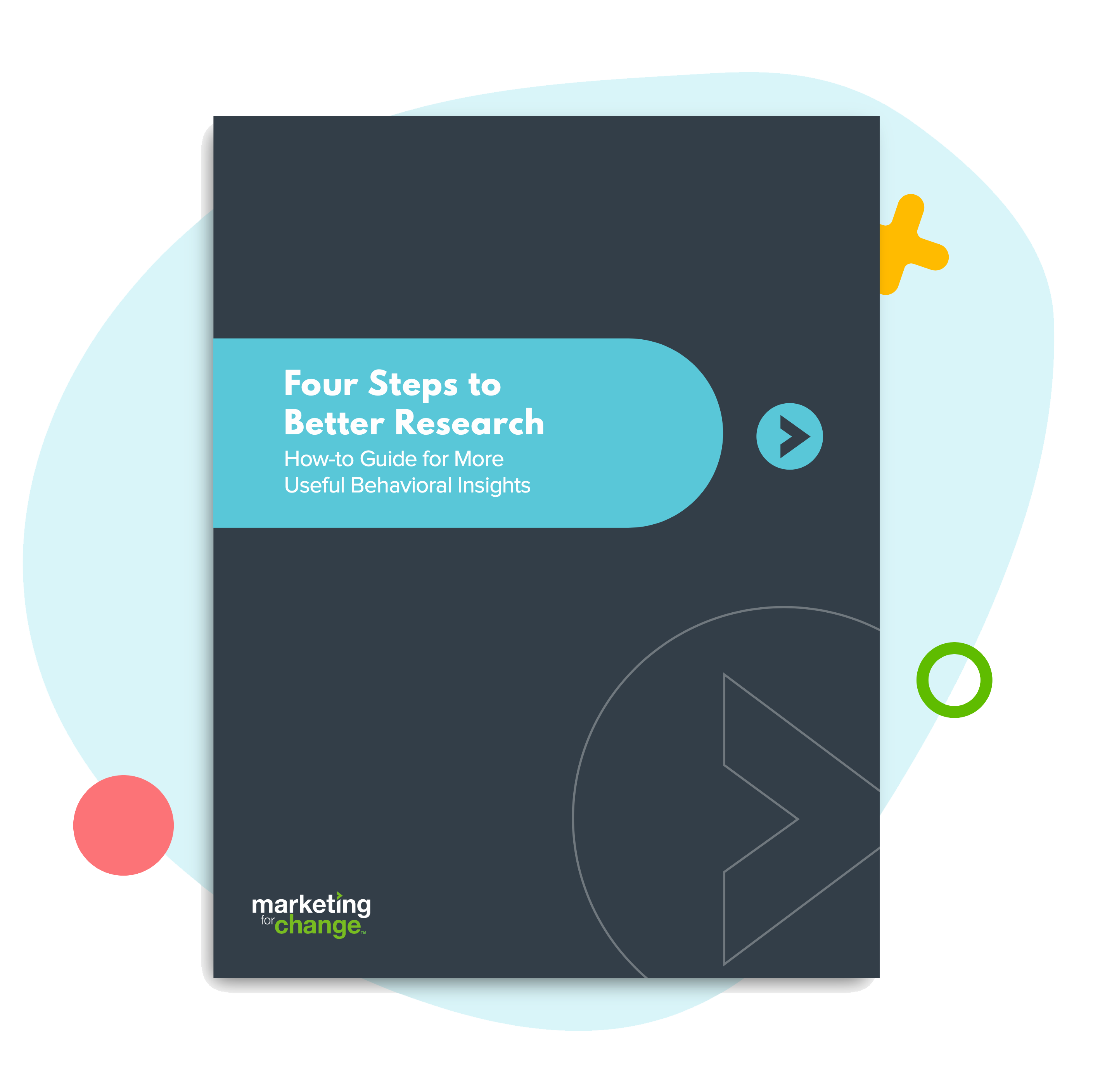
The Researchers Who Could Have Predicted the Election
A single theme ran through last week’s IIEX Forum on nonconscious thinking in Chicago: Nearly everyone’s data in the run-up to the election was showing the same thing – the likely victory of one Donald J. Trump.
But don’t beat yourself up, if you, like me, woke up election day thinking Hillary Clinton practically had the presidency sewn up. That was the conventional wisdom. That’s what political pollsters and prognosticators like Nate Silver were telling us. The difference for many of the speakers at the IIEX Forum is they were focused on something else: Nonconscious thought.
Perhaps this shouldn’t even be surprising. All of us in behavior-change marketing know very well the power of emotion. We regularly look to tap this powerful behavioral determinant in our work. When it comes to behaviors like choosing a healthy drink or installing a smoke alarm, we know nonconscious thinking – what psychologist Daniel Kahneman calls “System 1” thinking – drives a ton of the decision making, usually relegating rational thinking (“System 2” thinking) to a secondary role.
Why should a presidential election be any different? And why do the political pollsters on which all the imperfect prognosticating was based ask people only about their system 2 thinking? At the very least, shouldn’t measurements of System 1 thinking help us close the uncertainty gap when it comes to predicting political behavior?
The IIEX Forum had great examples of how this might work. Like all of us in behavioral research, the speakers at the Forum knew better than to look only at what people say they are going to do. They know what people say they are going to do and what they actually do are not the same thing.
Instead of stopping at a survey result of “undecided”, Remesh evaluated the natural language explaining the undecided vote and assigned the explanation traits such as “authenticity” or “ability”.
They could then evaluate those traits, how important they were to voters and in this example — show how “authenticity” was key to winning the election.
In another presentation, Lana Novikova from Heartbeat AI Technologies, Inc. and Lisa Lewers from Lewers Research (who had recently predicted the 2016 election in Australia using their Emotion Analytics algorithm) revealed the results of the polling they did in the US using the same Emotion Analytics algorithm. They were able to predict the election in key states like Florida, Iowa, Ohio and PA with 92.7 to 96.4% accuracy.
The folks at Brainsights studied the subconscious mind of the voter during the final debate. Take a look at the results on their site The Political Brain where after analysing the results they said “Polls now show Hillary Clinton with a commanding lead, but voters should approach these numbers with caution. It’s been a campaign soaked in emotion and irrationality – misogyny, scandal, racism, xenophobia, arson, misinformation, and violence. Under these conditions, it’s hazardous to fully trust the stated response methodology of political polling to get a read on voter intention. What we say we’ll do, and what we actually do, are often very different.”
As Jack Perone from DDB said, we are moving into the “age of unreason” which means our practices need to get smarter about predicting and designing for that unreason. Not just to soften the blow on election night but to design campaigns that more effectively help people live happier, healthier lives.
Special thanks to all who attended and presented at the IIEX forum.

Karen Ong Barone is Principal + Executive Creative Director at Marketing for Change.













